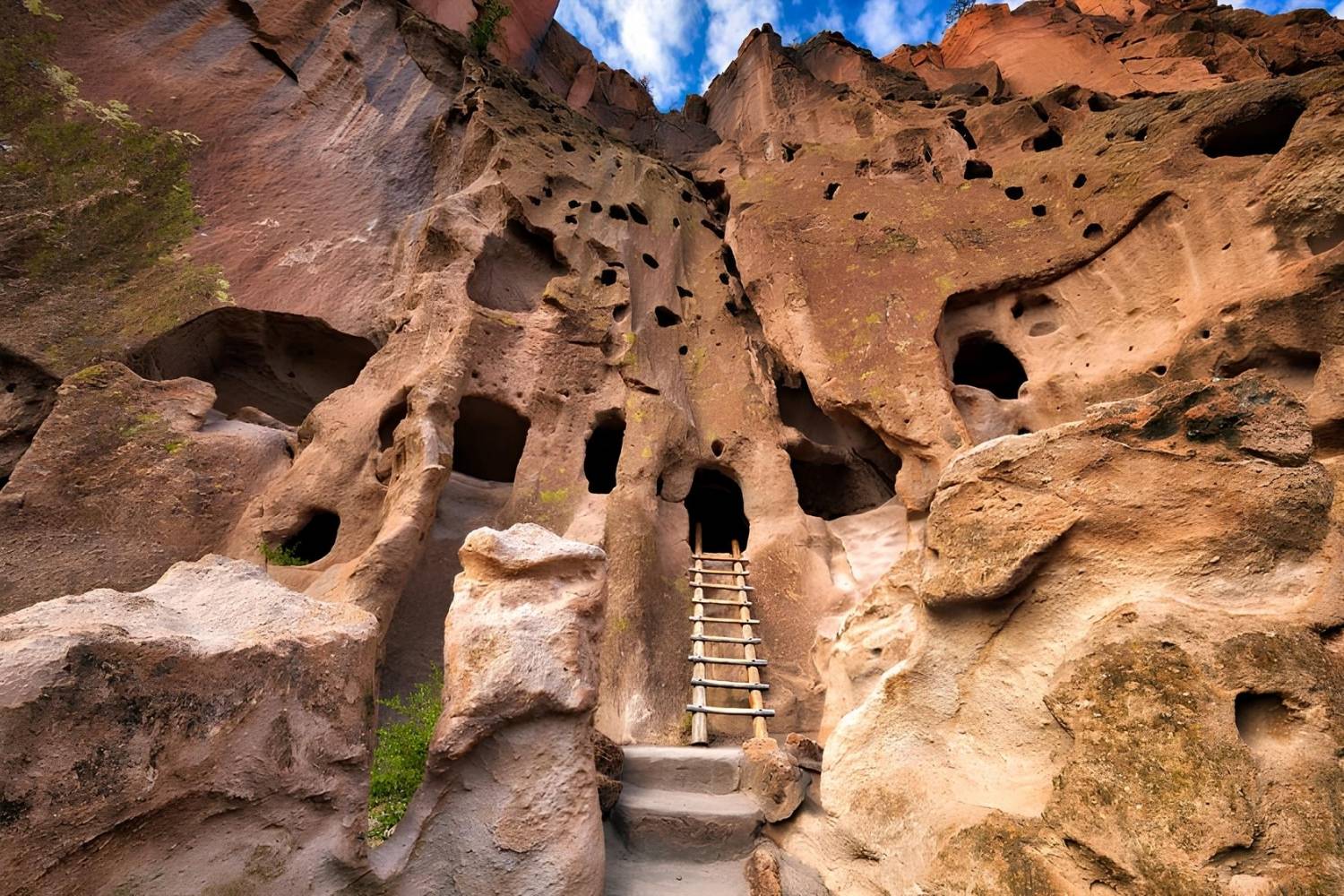Hidden Ruins Of Ancient Settlements In The Midwest

Have you ever thought about the hidden ruins of ancient settlements right in the Midwest? Many people imagine ancient ruins in far-off lands, but the Midwest holds its own secrets. These forgotten places tell stories of the past, offering a glimpse into the lives of those who came before us. From mysterious mounds to ancient villages, these sites are scattered across states like Ohio, Illinois, and Wisconsin. They reveal a rich history that many overlook. Exploring these ruins can feel like stepping back in time, connecting with cultures that thrived long before modern cities rose. Whether you're a history buff or just curious, these hidden gems offer a unique adventure. Grab your map, lace up your hiking boots, and get ready to uncover the Midwest's ancient past.
Discovering Ancient Midwest Ruins
The Midwest is more than just cornfields and big cities. Hidden among its landscapes are ancient ruins that tell stories of past civilizations. These sites offer a glimpse into the lives of those who lived long before us. Let's explore some of these fascinating places.
Cahokia Mounds: A Prehistoric City
Cahokia Mounds, located in Illinois, is one of the largest and most complex archaeological sites in North America. This ancient city was once home to thousands of people and is a testament to the ingenuity of its builders.
Monks Mound: The largest earthwork in the Americas, Monks Mound is a massive structure that served as the center of Cahokia. Climbing to the top offers a panoramic view of the surrounding area.
Woodhenge: This circle of wooden posts was used as a solar calendar. It helped the Cahokians track the seasons and plan their agricultural activities.
Grand Plaza: A large open space used for gatherings, ceremonies, and games. It was the heart of social life in Cahokia.
Effigy Mounds: Sacred Earthworks
In Iowa, Effigy Mounds National Monument preserves over 200 prehistoric mounds built by Native American cultures. These mounds, shaped like animals, hold spiritual significance.
Great Bear Mound: One of the most famous effigy mounds, this bear-shaped earthwork is a symbol of strength and protection.
Marching Bear Group: A series of bear-shaped mounds that appear to be marching in a line. They are believed to represent a spiritual journey.
Little Bear Mound: Smaller than the Great Bear, this mound still holds great importance and offers insight into the beliefs of its creators.
Serpent Mound: A Mysterious Effigy
In Ohio, the Serpent Mound is a winding earthwork that resembles a snake. Its purpose and creators remain a mystery, but it continues to captivate visitors.
Serpent's Head: The head of the serpent is aligned with the summer solstice sunset, suggesting astronomical significance.
Coils and Tail: The winding coils and tail of the serpent add to its mystery. Some believe they represent the lunar phases or a cosmic serpent.
Aztalan State Park: A Mississippian Village
Aztalan State Park in Wisconsin is home to the remnants of a Mississippian village. This site offers a glimpse into the daily life of its inhabitants.
Stockade Wall: A reconstructed wall that once protected the village from invaders. Walking along it gives a sense of the community's need for security.
Platform Mounds: These mounds served as foundations for important buildings, such as temples and homes of leaders.
Village Area: The remains of houses and communal spaces where villagers lived, worked, and socialized.
Angel Mounds: A Cultural Hub
Angel Mounds in Indiana was a thriving community and a center for trade and culture. Its well-preserved ruins provide insight into the lives of its residents.
Central Plaza: A large open area used for ceremonies and gatherings, similar to Cahokia's Grand Plaza.
Mound A: The largest mound at the site, believed to have been the residence of a powerful leader.
Village Site: The remains of homes and workshops where daily life unfolded.
Spiro Mounds: A Treasure Trove of Artifacts
Spiro Mounds in Oklahoma is known for its rich collection of artifacts. This site was a major trade center and holds clues to the cultural exchanges of the past.
Craig Mound: The largest mound at Spiro, it contained a wealth of artifacts, including pottery, jewelry, and tools.
Burial Mounds: These mounds served as final resting places for important individuals, offering insight into burial practices and beliefs.
Artifact Displays: Museums near the site showcase the incredible artifacts found at Spiro, providing a deeper understanding of its significance.
Discovering the Midwest's Ancient Secrets
Exploring the hidden ruins of ancient settlements in the Midwest offers a unique glimpse into the past. These sites, often overlooked, reveal stories of early civilizations that once thrived in this region. From the mysterious mounds of Cahokia to the ancient earthworks of Newark, each location holds clues about the people who lived there. Visiting these sites not only enriches our understanding of history but also connects us to the land's cultural heritage. Whether you're a history buff or just curious, these ancient sites provide a fascinating journey into the past. As you wander through these ruins, imagine the lives of those who built them and the stories they left behind. The Midwest's ancient secrets are waiting to be uncovered, offering a deeper appreciation for the rich tapestry of human history in this often underestimated part of the country.

